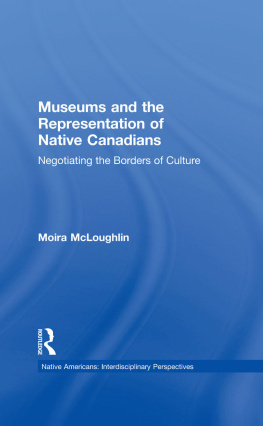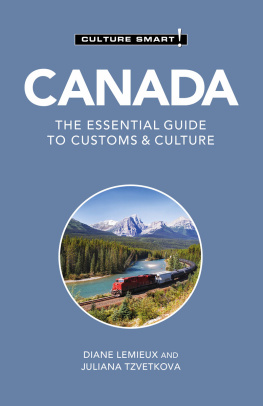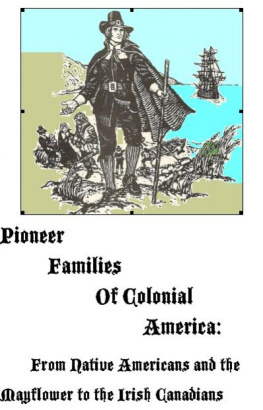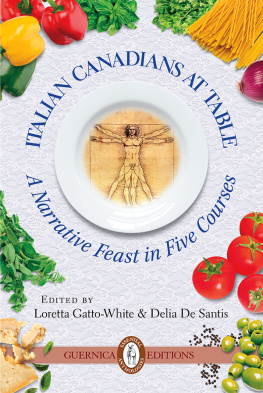Moira McLoughlin - Museums and the Representation of Native Canadians: Negotiating the Borders of Culture
Here you can read online Moira McLoughlin - Museums and the Representation of Native Canadians: Negotiating the Borders of Culture full text of the book (entire story) in english for free. Download pdf and epub, get meaning, cover and reviews about this ebook. year: 2015, publisher: Routledge, genre: Science. Description of the work, (preface) as well as reviews are available. Best literature library LitArk.com created for fans of good reading and offers a wide selection of genres:
Romance novel
Science fiction
Adventure
Detective
Science
History
Home and family
Prose
Art
Politics
Computer
Non-fiction
Religion
Business
Children
Humor
Choose a favorite category and find really read worthwhile books. Enjoy immersion in the world of imagination, feel the emotions of the characters or learn something new for yourself, make an fascinating discovery.
- Book:Museums and the Representation of Native Canadians: Negotiating the Borders of Culture
- Author:
- Publisher:Routledge
- Genre:
- Year:2015
- Rating:4 / 5
- Favourites:Add to favourites
- Your mark:
Museums and the Representation of Native Canadians: Negotiating the Borders of Culture: summary, description and annotation
We offer to read an annotation, description, summary or preface (depends on what the author of the book "Museums and the Representation of Native Canadians: Negotiating the Borders of Culture" wrote himself). If you haven't found the necessary information about the book — write in the comments, we will try to find it.
If we were to think about museums as three dimensional maps-as spaces to be divided, defended, and privileged-what would they tell us about the place of Native Canadians within the larger nation? Utilizing a combination of exhibit analysis and interviews, this book explores how Canadian history, anthropology, and art museums have situated Native Canadian history and culture within a larger narrative of nationhood. Until very recently, these museums have, with few exceptions, perpetuated the continued isolation of Native Canadians on the Other side of carefully demarcated boundaries of time, space, and culture. Despite a living and highly politicized presence outside their walls, inside these museums Native Canadians have remained fixed and isolated in time and space. This book discusses how this particular image of Native Canadians has been translated into the numerous dichotomies and borders of the museum; between modern and traditional, past and present, myth and science, progress and stasis, active and passive, and, ultimately, us and them.
However, in tribal museums and more recent programming at the larger museums we are able to identify alternative maps that realign these borders and give voice to alternative constructions of these histories. The past decade has seen enormous change in how museum curators, educators, and directors imagine their role in these museums and, more particularly, in the construction of a history of Native Canadians. This book considers how museums, and those who work within them, have responded to the challenge of writing a more complex and multivocal history for the nation.
(Ph.D. dissertation, the Annenberg School for Communication, University of Pennsylvania, 1992; revised with new preface, bibliography, and index)
Moira McLoughlin: author's other books
Who wrote Museums and the Representation of Native Canadians: Negotiating the Borders of Culture? Find out the surname, the name of the author of the book and a list of all author's works by series.










